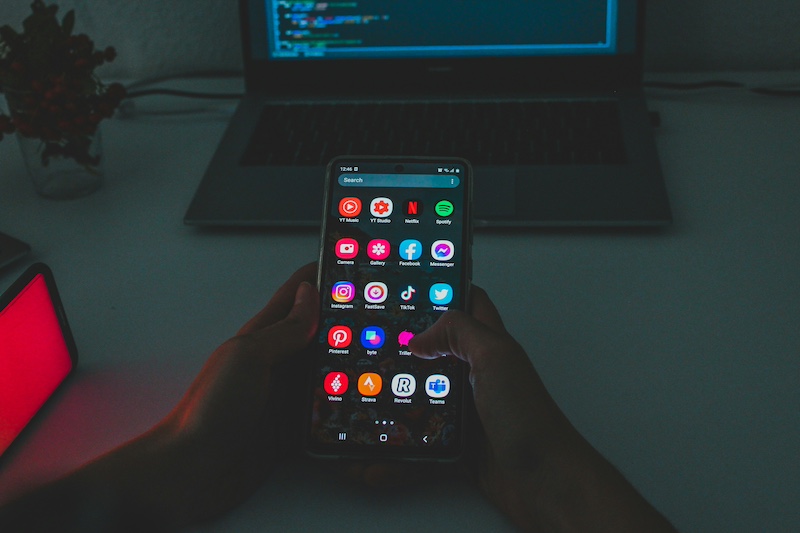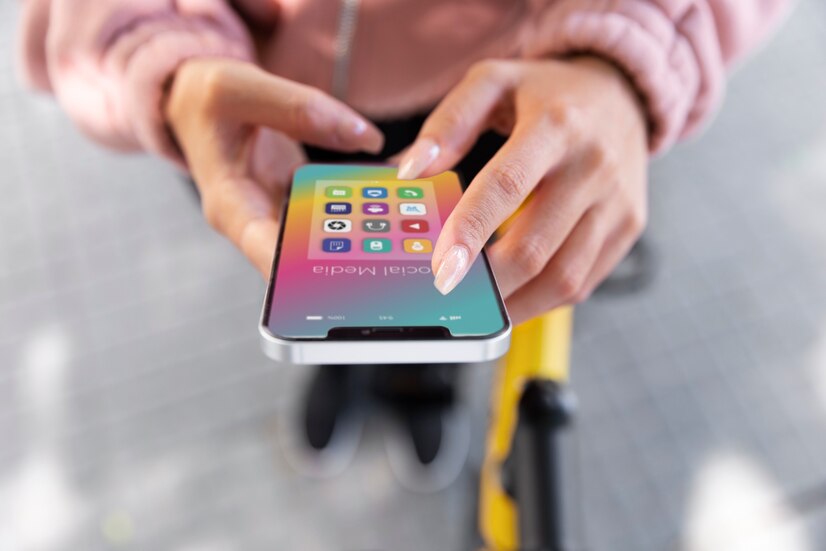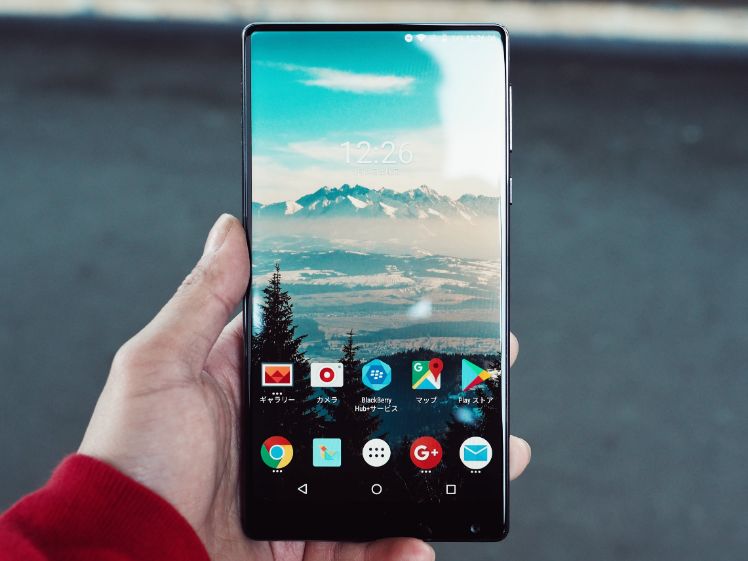There are many things to consider when creating, designing and launching an app. New apps must take all details into account — unlike apps already in the stores, which only need to be updated. We have prepared this ‘Checklist for launching an app’ to help you avoid leaving important things aside.
To do so, we have taken the checklist elaborated by mobile business experts Branch.io as a model:
Technical arrangements
Apply the latest Android and/or iOS features
Take advantage of the fact that your app is fresh to catch the public by surprise. Apply all the latest Android and/or iOS features. This will increase your chances of being referenced in media and blog posts.
Use Version Control on your app’s code
If you’re not already using it, it’s high time to start doing so. Its worth will be inestimable if — let’s say — you want to fix a critical bug for v1.0, but you have already been working on v2.0 for a while.
Deep Linking
Your app will be cast aside from the digital world if you fail to use this technique. It’s also one of the techniques used to create ‘user-friendly’ experiences.
On-boarding customisation
A user arriving through a deep link — and running the application for the first time — should land on the content he/she is looking for. The experience should be different if, on the contrary, he/she has downloaded the app from the stores. Customise Deep Linking to offer unique experiences tailored to the different kinds of users. This customisation increases the registration rate in apps by up to 70%.
Configure push notifications
Push notifications can be as useful as they can be dangerous. We must use them in a balanced way to promote customer loyalty while not disturbing our app’s users.
Carry out analytics in your app
It’s very important to know what’s going on with your app. Which sections do users visit the most? Which ones do they avoid? What metrics are interesting for your business model? Define a powerful analytics strategy to obtain all the relevant information.
Mobile marketing strategy
Discover your competitors’ apps and put them to the test
Over 50,000 mobile applications are released every single month, and your goal is to get yours to stand out above all these. Does your app really add value? Look well into what your rivals in the industry are doing: which of their practices can be followed? When developing your app, which of their errors can you avoid?
Pave the way for getting your app highlighted in the stores
Making your app stand out on an iOS or Android store’s homepage will get you a fair amount of initial downloads. What’s the problem then? Unfortunately, stores don’t include advertising space on their homepages. Standing out is, therefore, something we have to earn. You’ll only get one chance for it, so… don’t launch your app until it’s 100% ready!
Apply ASO and SEO to your app
Did you know that up to 95% of the Internet’s surfing still begins on search engines? This fact renders SEO vital for the websites of mobile-friendly companies. It’s also important to appear in traditional search engines for new apps. However, we will also have to work on the specific positioning for apps: ASO. It will be difficult for users to find you in the stores without it.
Create social network accounts for your app
Be present in social networks — Facebook and Twitter, especially — and manage these accounts quite often. Create these accounts even before launching your app. You can introduce the purpose and features of your app and start linking potential users to your landing page.
Elaborate a list containing influencers and bloggers from your industry
It’s important to know who the most relevant people in the app industry and in your specific market are. This way, you will be able to contact them, tell them what your app is going to do and encourage them to try it out.
Get a press kit prepared
Get a press kit prepared with relevant information such as images, logos, explanatory texts, etc.
Pre-launching new apps
Beta testers programme
Testers can help you detect errors in your app’s beta version related to user-friendliness, bugs, navigation problems, how versions perform on different devices, etc. That’s why it’s so important. We may anticipate any necessary changes before launching an app. These testers may also become promoters or ambassadors of your app when it’s definitively released and even get you your app’s first reviews.
Get your app’s beta version and prototype tested by potential customers
Don’t limit these trials to testers. Get your app tested by potential customers, i.e. by people who fit your potential customer’s profile like a glove. This will give you a better idea of how customers are going to navigate within your app and which sections you should improve.
Create a landing page
Being present on the Internet is essential; do not limit your presence to the stores. Create a landing page to start promoting your app even before its release.
Localise your app
The global app market has a huge potential to offer if we don’t stick to a geographical area. However, make sure you have a version for each country if you want to develop a global app.
Check the official guides before uploading your app to the stores
Check Apple Store‘s and Google Play‘s official guides before launching the mobile application and uploading it to the stores. Make sure you follow the rules and guidelines that apply to each one.
BONUS
Incorporate a ‘feedback’ channel to your app
Your app’s visibility and number of downloads will decrease if its ratings in the stores are low. Add a feature to your app that enables users to report complaints and suggestions. This way you’ll avoid getting bad reviews on the stores.
Create an error-reporting tool
You should be informed every time your app crashes. Create an error-reporting tool to get these bugs fixed.
Create an effective testing strategy
Nothing rushes faster towards failure than an app that freezes and shuts down regularly, and which will consequently be awarded only one star in the stores. You must create a testing strategy to be able to detect these bugs before they affect users and solve them before launching the app.
Establish a data flow to collect user data. Aim: to improve engagement
25% of users will only open the app once. Moreover, the average retention rate 90 days after an app has been downloaded does not exceed 14%. We must analyse the users’ interaction with our app continuously to be able to define re-engagement campaigns and promote customer loyalty.
Use the appropriate measurement and loyalty management tools
Well not just the right tools, also the right metrics to know how your application is doing and how to improve it.
Allow users to share content
If your app handles relevant content, you should allow users to share it.
Your app’s release day
Carry out an intensive Public Relations tracking
It’s time to use the press kit we mentioned and the list with the industry’s relevant contacts you’ve prepared in the mobile marketing strategy stage. Ideally, you’ll be back in touch — it’s best if you wrote to them earlier — to let them know that you’ve already released the app. Send them the app’s trial or beta version so they can try it out.
Obtain at least 5 reviews awarding your app 5 stars as fast as possible
As we said before, obtaining as many positive reviews as possible on your app’s release day is key. This is the only way your app will stand out on the store’s homepage. Gain visibility and organic downloads simultaneously. Obtain at least 5 reviews awarding your app the highest score. Friends, family, and contacts can help you out here.
Ensure that your first users feel special
Reward your first users and make them feel special. This will increase the chances that they visit the app again. You can send messages thanking them, offering them discounts, content, etc.
Use paid-for ads to boost your app
Paid-for campaigns can be a very expensive method for achieving ongoing growth. However, it may be suitable as an initial strategy to give your app an initial boost. You will gain visibility during the first few days and then contribute to your app’s organic growth.
Set up Google Alerts with your app’s name
It’s an effective way to know who is mentioning your app and to know which media are talking about you.
Send your app to ‘Product Hunt’
The ‘Product Hunt’ website is the best way to access techies and experts in apps and technology. Remember that you will only have one chance to get it right. However, there are also other websites such as Beta List, Launching Next or Appolocious, where you can list your app.
After launching an app
Get an app update ready
You may think that such an update is not required, but users prefer an updated app over an app’s first version. The main reason is that the latter usually fails more often.
Monitor reviews, opinions, and mentions of your app
Through social networks, Google Alerts or any other means. You must be aware of who has talked about you and who continues doing so. This way you’ll be able to monitor bad opinions which will, in turn, help you detect the aspects of your app that you should improve to obtain better ratings.
Promote your app with video ads
Videos are among the formats that generate a higher engagement. Take advantage of this fact and promote your app with a video.
Create a referral programme
It will help you multiply your app’s growth if you get it right. Make sure your ‘Invite’ button is perfectly visible so that your users can recommend your app and get you new users.
Improve latency and performance
Your users will expect the app to work properly and very fast. Try to improve the app’s loading speeds and its overall performance. This is especially critical in mobile games.
Repeat all of the above
You may have succeeded in accomplishing these steps, but your journey doesn’t end here. Quite on the contrary: this is just the beginning. Launching an app is something that is done once, but promoting it is an ongoing task. Are you ready?










